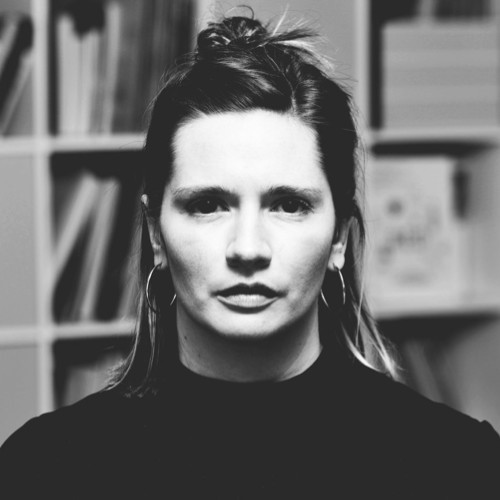Five minutes with Karolina Namyslowski

Karolina Namyslowski, creative director at amp sound branding, talks to Transform about the evolution of sonic branding and the challenges of working in the industry as a woman.
How sophisticated was the sonic branding industry back when your career began in 2013, and how has it changed?
When I started at amp in 2013, sonic branding was based on a singular asset - the infamous sonic logo. Today’s comprehensive approach to sonic branding used to be a niche thing and up until a few years ago; most clients wouldn’t even know about its existence or potential benefits. Winning new clients in the beginning came with mostly cold calling, but what’s encouraging is that we’re now seeing a significant shift in reception. More and more companies are starting to understand its strategic and financial benefits.
Amp created the term ‘Sonic DNA’, but what is it?
A Sonic DNA is the audible expression of a brand in sound. It consists of various ingredients like melodies, riffs, chord progressions, and sound effects. When you think about James Bond and how it has lived and evolved for more than 60 years, you have a very tangible example of a successful Sonic DNA that makes use of more than just a jingle in its soundtracks and specially created Bond songs. It uses the same riffs, chords and melodies that make the Sonic DNA flexible to be able to express any tonality - from action to romance - and still adapt to the zeitgeist.
The Sonic DNA development process at amp is very design-oriented in order to make it as transparent, comprehensive and tangible as possible for our clients. It’s not based on personal taste or aesthetics. It all starts with a brand analysis, making sure we understand every aspect of the brand - its values and brand positioning.
Based on the brand analysis, we then define its Sonic Principles and illustrate these with mood boards. These creative concepts are then paired with the right artists, and you obtain the right results. It’s not as easy as it sounds - on a given project we may create over 60 drafts in order to get it over the finish line!
What kind of challenges does your team face on these projects?
There are two big challenges. The first one is discussing technical subjects with clients and agencies, who are not trained or equipped to do so. A key part of my job is to decrypt spur of the moment opinions and feelings into concise and actionable points.
The second is that music is perceived as a very subjective matter. You have to teach and convince clients not to base their decisions on gut feelings, but rather make the right decision for their brand that is based on an analytical framework.
As a woman who has progressed from intern to creative director, what challenges have you faced in this industry?
As a woman in the music industry, I have one piece of advice: be prepared. Be prepared to be louder, smarter and faster than any man. Be prepared that men will sometimes steal your ideas, be prepared that it will be more difficult to get recognition. Be prepared that you will walk into client meetings and they will assume that you are the boss’ assistant, or won’t even say hello or goodbye.
But it’s worth it. Because as time progresses, I truly believe that women will take over leadership roles and allow for a more equitable and fairer workplace. In the interim, it is important to find the right mentors that see the potential in you, which has been a personal experience at amp.
What is your favourite project you’ve worked on at amp, and why?
One of my favourite projects of last year was the work we accomplished for St Jude Children’s Hospital. For this project, we started with the concept of a ‘Hero’, as we thought of all the people dealing with the challenge of children’s cancer. We considered how the kids go through immense pain and suffering but also continue to fight. This spirit is also embodied by the workers of St. Jude, who despite loss and personal trauma, continue to fight tirelessly to ameliorate the conditions of these children. I think the Sonic DNA lyrics describe it best:
“Hold my hand as we walk through the darkness, hold my hand as we walk through the night.
Listen close to the sound of your heartbeat as it guides us through the break of the morning light.
You’re looking at a hero, it takes a fighter.”












